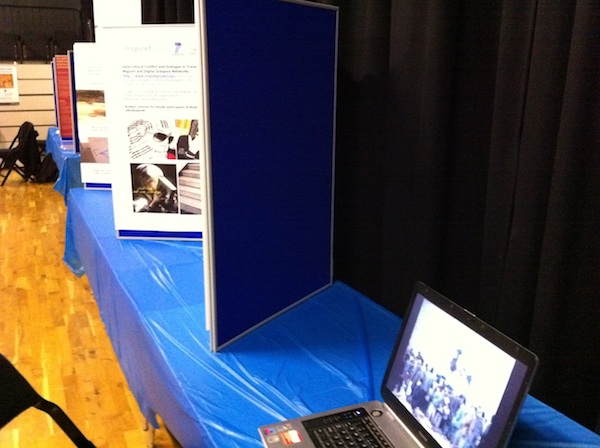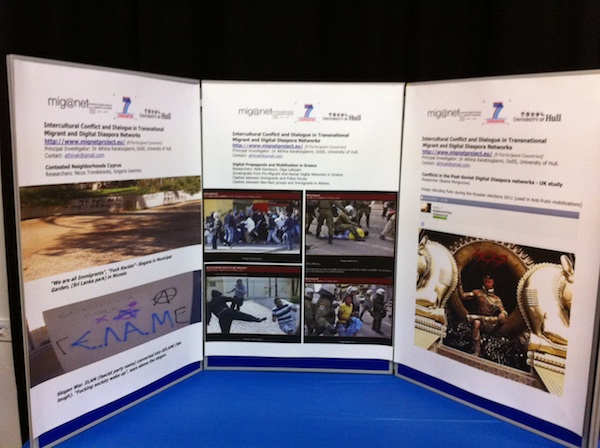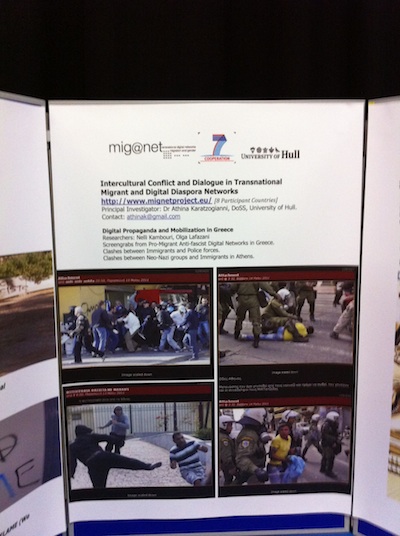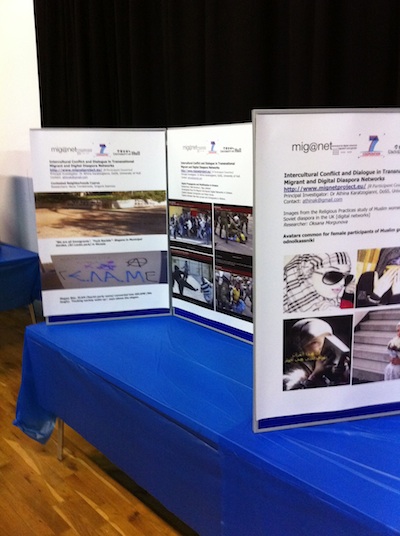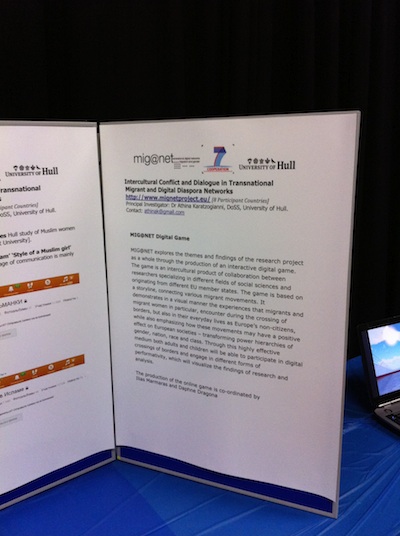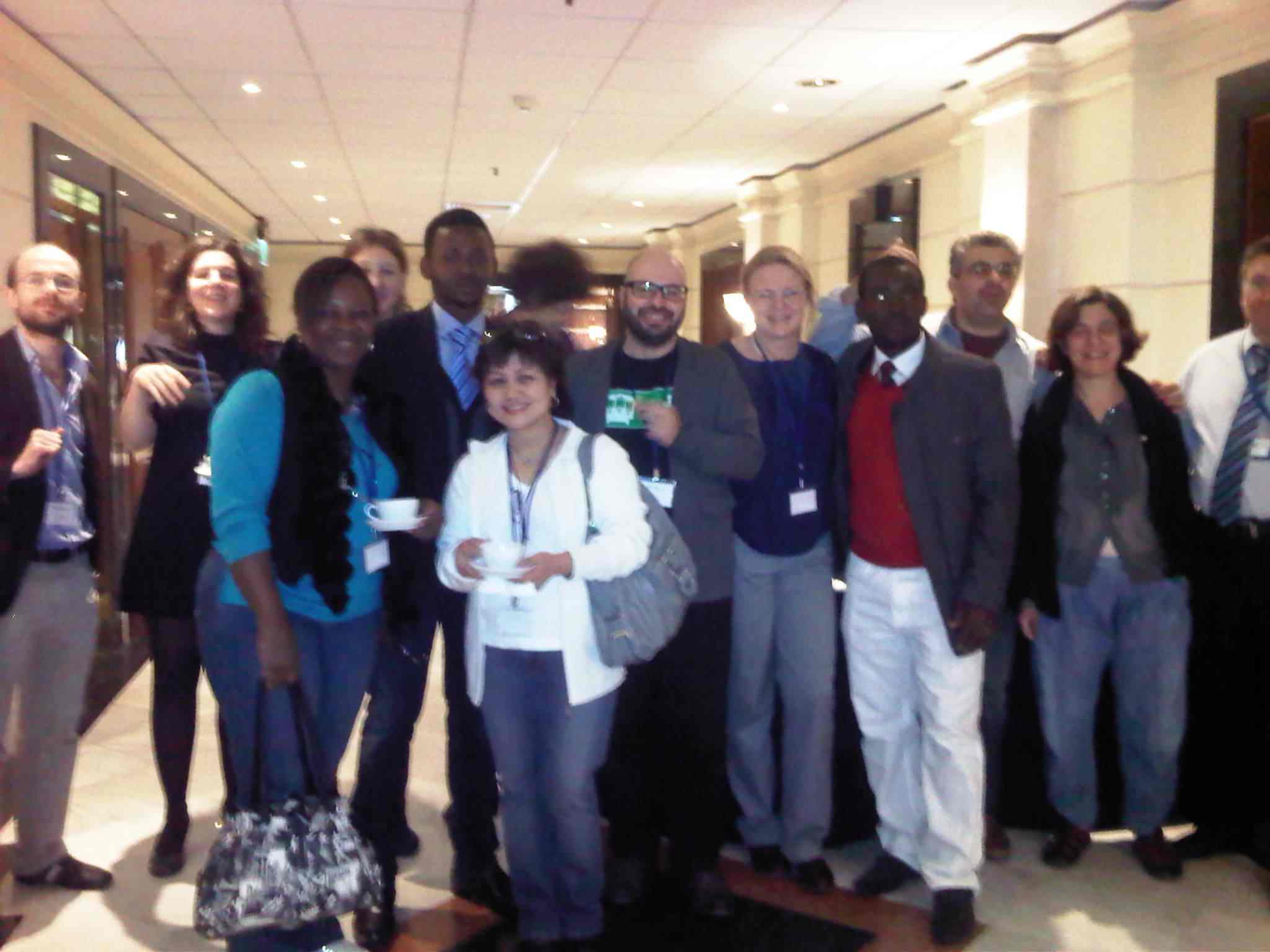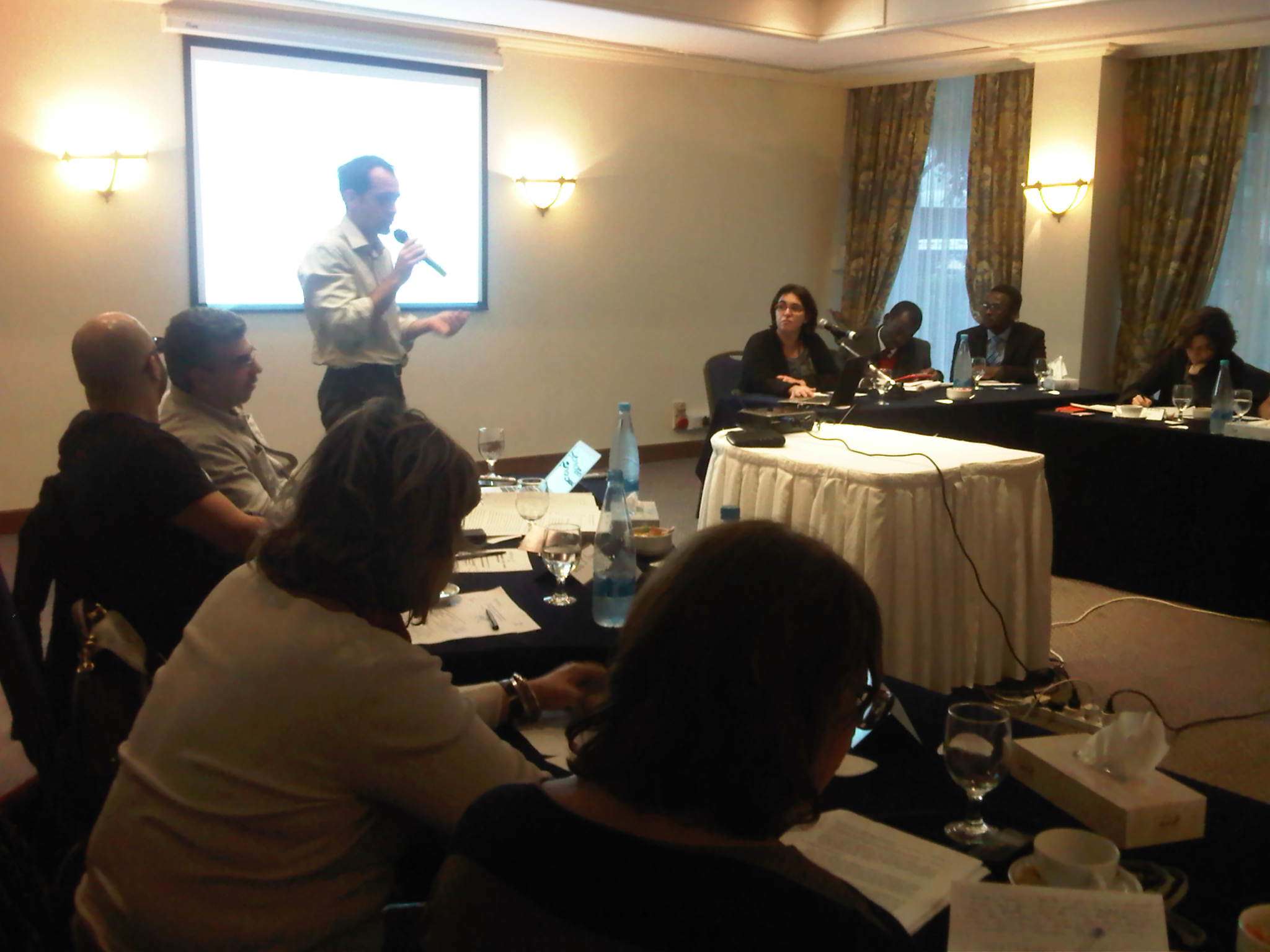The goal of the digital platform is to propose a space where communication flows and services, as appeared during our thematic research, can be reviewed and, further, explored. These communication flows are traced in sets of social practices contributing to the construction of cultures and identities in a transforming communicative environment. Identities living in networks that cross, and transcend, national and gender borders connecting migrant individuals and groups across the globe.
The thematic research conducted provided us with a variety events and situations other confirming or further complicating the described relations: homes becoming dynamic social spaces through their contested routines and rituals, “data bodies” as immutable mobiles adopting a variety of strategies to cross borders, students playing with heterolingual translation and thus destabilizing efforts of normalisation and ethnicisation, unrepresented (heavily depended on trafficking networks) sex workers, citizenship revisited through the migrant social movement practices…
In this context we consider google (translation, image search) and similar services (ex. wikipedia) as powers trying to fix, stabilise, normalise, meaning. In other words, they try to articulate, express and organise, radically heterogeneous geographic, political, legal, social, and cultural events. With this platform, we want to look further in this tension between always changing agencies, an imaginary stable translation and map the objects of this interaction. We try to:
– exceed the proposed new language of these services by bringing together their main functions and mixing them with uncharted translations
– demonstrate and reuse their mechanisms / algorithms in a different context
Accept / Reject: the dominant view of translation
The Eurodac system is a good example of how technology is expected to serve the effective. stable translation. Eurodac defines itself as “a large database of fingerprints of applicants for asylum and illegal immigrants found within the EU”. From this single phrase rise a series of contradictions, a variety of possible translations: when is someone considered applicant, legal or illegal? can s/he be all of them at the same time? where does the EU territory ends? how many types of fingerprints are there? These are questions that are treated in a legal, technical and administrational manner in order to produce a concrete, expected, outcome.
Following the work of Irma van der Ploeg we could argue that this forced translation serves both the bodily and the symbolic, the digital and the non digital. Irma states that ‘the human body is co-defined by, and in co-evolution with, the technologies applied to it. The dominant view of what the body is, what it is made of and how it functions, is determined and defined by the practices, technologies and knowledge production methods applied to it. Seen in this light, biometrics appear as a key technology in a contemporary redefinition of the body in terms of information’.
But it is not only biometrics that function in this way. The inherent design of any technology, the procedures that accompany it, the way that is being put in use, can create a situation that “informatises” the material and the non material. In fact, there are permanent, dynamic links between the imformatised body and a range of other, material and non material, objects. Let us take a look at the description of the Eurodac system, below:
How the body is informatised is very much linked with how scanners, devices, people, algorithms translate, at a certain moment, a given set of data. In fact, a vertiginous amount of translations are suppressed in order to produce, what seems to be a YES / NO answer. An endless conversation turned to a “coin toss” result.
The platform
The basic idea of this platform is to reuse the Google Translate API and other available communication APIs (ex wikipedia) as a tool of translating everyday life stories. In a series of steps and decisions we want to move, with Google’s mechanic approach on translation, to a more unexpected translated result.
